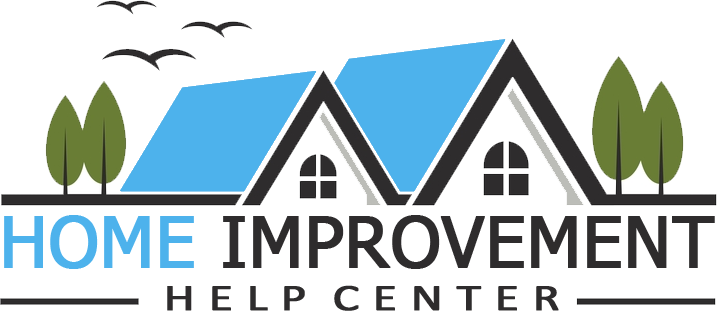Moss is a common sight on roofs, especially in areas with high humidity or frequent rainfall. While it may seem harmless and even charming, moss can have a significant impact on the lifespan of your roof. Understanding how moss grows on roofs, recognising the signs of moss infestation, and knowing the dangers it poses are crucial to maintaining a healthy and durable roof.
The impact of moss on your roof’s lifespan
Moss can significantly shorten the lifespan of your roof. Its presence can lead to several problems, including water damage, structural deterioration, and even the growth of other harmful organisms. When moss grows on your roof, it creates a moist environment that retains water. As a result, the underlying materials, such as shingles or tiles, become saturated and can deteriorate at a faster rate.
Furthermore, moss can cause the roof to become uneven. As it spreads and accumulates, it lifts the shingles or tiles, creating gaps and allowing water to seep underneath. This can lead to leaks, rot, and further damage to the roof structure. Over time, this constant exposure to moisture and the resulting damage can weaken the roof’s integrity, significantly shortening its lifespan.
How does moss grow on roofs?
Moss requires specific conditions to grow on roofs. It thrives in damp, shaded areas and can quickly spread across the surface. Moss spores are carried by wind or animals and can easily find their way onto your roof. Once the spores settle and find a suitable environment, they start to grow and multiply.
The most common cause of moss growth on roofs is a combination of shade and moisture. Trees or nearby buildings can cast shadows on the roof, providing the ideal conditions for moss to thrive. Additionally, if your roof is not properly ventilated, moisture can become trapped, creating an environment conducive to moss growth.
Signs of moss infestation on your roof
Detecting a moss infestation on your roof is crucial to preventing further damage. Here are some signs to look out for:
- Moss typically appears as green patches or a fuzzy layer on the roof. It may start small, but can quickly spread if left unchecked.
- As moss grows and accumulates, it can lift the shingles or tiles, creating gaps and exposing the underlying materials. In this case, it is advisable to replace your roof tiles.
- If you notice water stains or leaks on your ceiling, it could be a sign that moss has caused damage to your roof and allowed water to infiltrate.
If you observe any of these signs, it is essential to take immediate action to prevent further damage to your roof and home.
The dangers of moss on roofs
Moss may seem harmless, but it can pose several dangers to roofs and even roof windows. One of the primary risks is water damage, which can cause water to seep into your home, causing structural damage, mould growth, and potential health hazards.
Additionally, the presence of moss on your roof can attract other organisms, such as algae or lichen. These organisms can further damage the roof and increase the likelihood of water infiltration. The combination of moss, algae, and lichen can create a slippery surface, increasing the risk of accidents and falls, especially in wet or icy conditions.
Preventing and removing moss from your roof
Preventing moss from growing on your roof is the best way to protect its lifespan. Here are some preventive measures you can take:
Trim nearby trees and vegetation
By cutting back overhanging branches and ensuring proper sunlight exposure, you can minimise the shady areas where moss thrives.
Keep your roof clean
Regularly remove debris, such as leaves or twigs, from your roof. These can create a breeding ground for moss spores.
Improve roof ventilation
Proper ventilation helps prevent moisture buildup on your roof. Ensure that your attic or roof space has adequate ventilation to minimise the conditions that promote moss growth.
If moss has already infested your roof, it is crucial to remove it promptly. Here are some methods to consider:
- Using a soft-bristle brush or a plastic scraper, gently remove moss from the roof surface. Be careful not to damage the shingles or tiles in the process.
- There are moss-killing solutions available that can effectively eradicate moss. Follow the instructions provided by the manufacturer and take necessary precautions when using chemicals.
Remember to wear protective gear, such as gloves and goggles, when removing or treating moss on your roof. If you are unsure or uncomfortable with the process, it is best to consult a professional roofing contractor.
The importance of regular roof maintenance
To ensure the longevity of your roof and prevent moss infestation, regular roof maintenance is crucial. Here are some essential maintenance practices:
- Schedule an annual roof inspection to identify any signs of damage, including moss growth. Early detection can help prevent further issues.
- Clogged gutters can lead to water backup, which can contribute to moss growth. Regularly clean your gutters to ensure proper water drainage.
- Remove any debris that has accumulated on your roof, such as leaves or branches. These can trap moisture and promote moss growth.
All in all, moss may seem innocuous, but its presence on your roof can have severe consequences. Understanding how moss grows on roofs, recognising the signs of infestation, and taking preventive and removal measures are essential to maintaining a durable and long-lasting roof. Regular roof maintenance, including annual inspections and keeping the roof clean, is vital to ensuring the integrity of your roof and protecting it from the damaging effects of moss.

